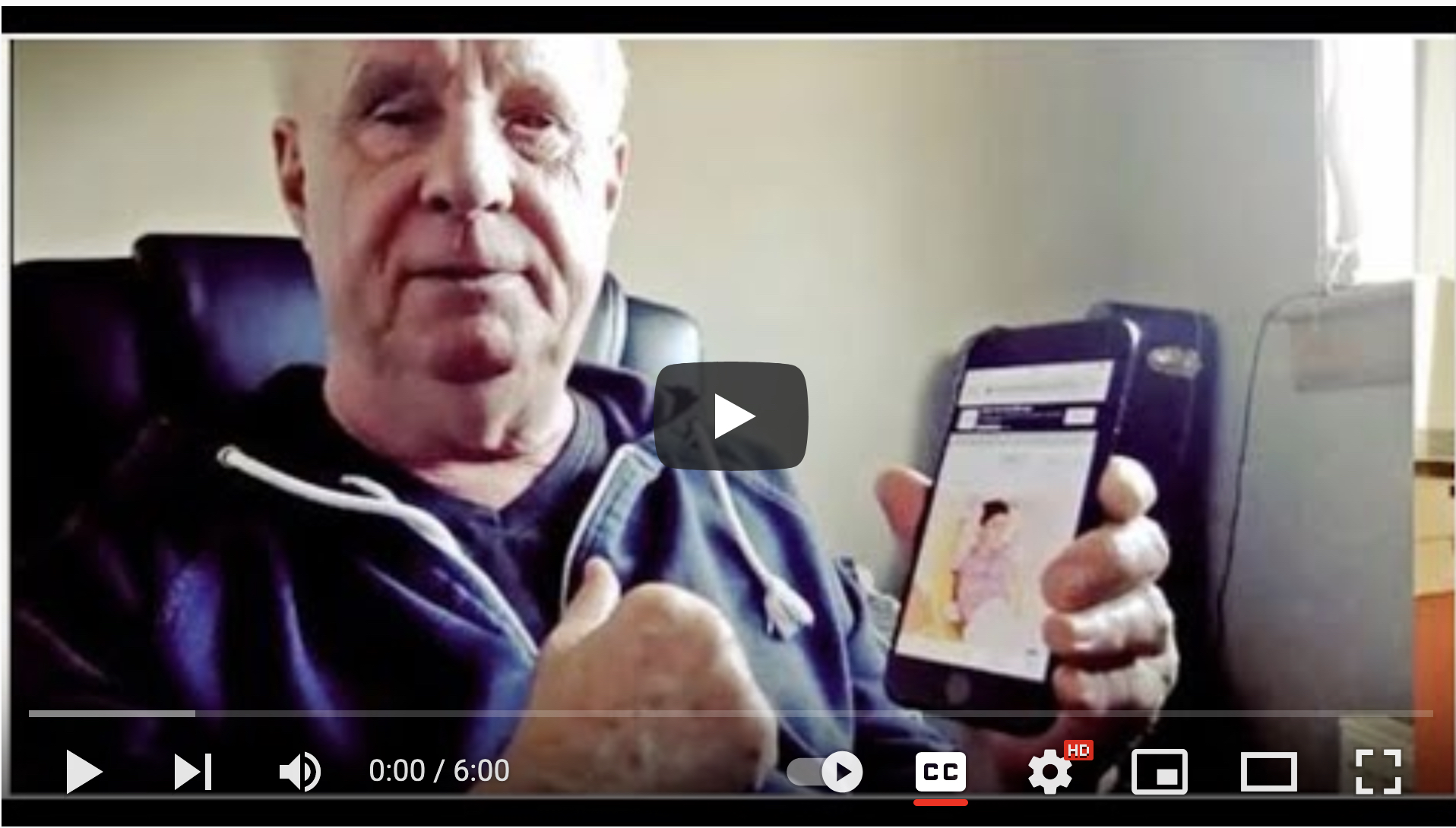Third sector organisations work hard to serve their communities. However, many overlook the need to ensure their website content is accessible to all visitors, including disabled people. Websites that are not designed with accessibility in mind can exclude disabled people from accessing information and services.
In this short post, I explore why accessibility is crucial for third sector oranisations, and some steps they can take to ensure their websites are accessible.
What is Web Accessibility?
Web accessibility refers to the practice of designing websites that are accessible to disabled people. For example, people with visual, auditory, motor, or cognitive impairments. Everyone, regardless of their abilities, should be able to access information and services online.
There are laws and guidelines that require websites to be accessible, including The Equality Act 2010, British Standard 8878 Web Accessibility Code of Practice and the Web Content Accessibility Guidelines (WCAG).
Why Accessibility Matters for Third Sector Organisations
Third-sector oranisations have a unique responsibility to ensure their websites are accessible to all users. These organisations often work with marginalised communities, including disabled people so, it’s important that their websites reflect their commitment to equality and inclusivity.
In addition to ethical considerations by ensuring that their content is available to all users, these organisations can expand their impact and connect with people who may not have been able to access their services otherwise.
If their websites are not accessible third sector oranisations leave themselves open to potential legal challenges – if they are percieved to be discrimination against disabled people – under the Equality Act 2010. Lawsuits and negative publicity can harm the reputation and effectiveness of third sector organisations.
Designing an Accessible Website for Third Sector Organisations
Creating an accessible website involves following best practices for website design and using tools and resources that can help ensure accessibility. Some best practices include:
- Creating a logical structure for the website, including headings and subheadings.
- Providing alternative text (alt text) for images, which describes the content of the image for users who cannot see it.
- Using clear and concise language that is easy to understand
- Ensuring that videos are captioned or have transcripts available.
- Providing options for users to increase text size or adjust colors for better readability.
There are also several tools and resources available to help third-sector organisations create accessible websites. Accessibility checkers can scan websites for potential accessibility issues, and WCAG guidelines provide detailed information about best practices for accessibility.
Website accessibility is a crucial aspect of web design for third-sector organisations. By ensuring that their websites are accessible to all users, they can increase their reach, align with their missions, and avoid legal risk.
Related Content
- Website Accessibility Auditing Service – for WCAG 2.1, WCAG 2.2 ComplianceRichard Morton is a member of our website accessibility audit team "A large proportion of my work over the last six years has been web accessibility auditing, using the Web Content Accessibility Guidelines (WCAG 2.1 & WCAG 2.2).I do manual testing, using the standard browsers, and light tools like the AIS ...
- About Web Designer and Accessible Website Design Specialist Jim ByrneA passion for equality and accessibility Decades before he became an accessible website design specialist, Jim started his working life as a computer programmer in 1979 using 'miniframe' computers that had LP (a long player record) sized 'not very floppy disks'. The disks needed to be screwed into a large cabinet ...
- Website accessibility ServicesAmflify Change We contacted Jim and his team to audit our old website in preparation for a brand refresh and website redesign, and to do an accessibility audit after the redesign process. From the beginning of our collaboration, Jim was thorough and clear with his findings and provided additional support and ...
Take my Web Accessibility Online Training Course - WCAG 2.1 Compliance
Learn to design and manage WCAG compliant, accessible websites with my online course
You will learn both the techniques of accessible website design and an entire ‘framework for thinking about the subject’. It will equip you with the skills to understand, identify and fix issues any accessibility issues you come across. Watch the free videos to get a taste of what is on the course.
)
Working with non-profits, charities, voluntary and public sector organisations and social enterprises for over 20 years. Jim set up one of the worlds first website accessibility web agencies in the mid 1990s.